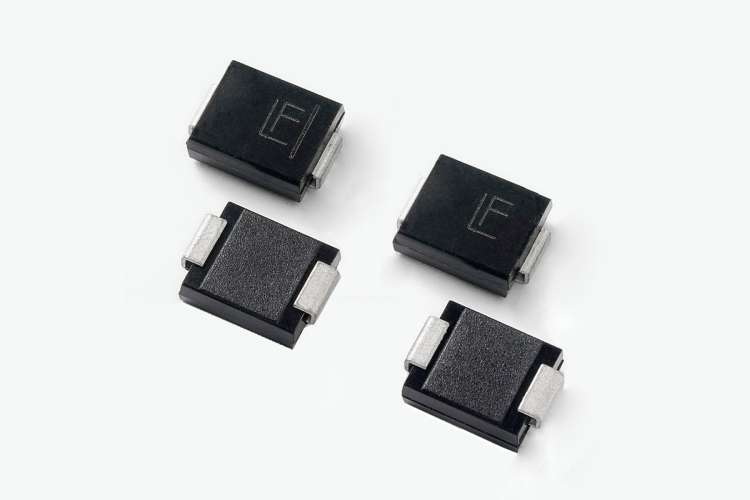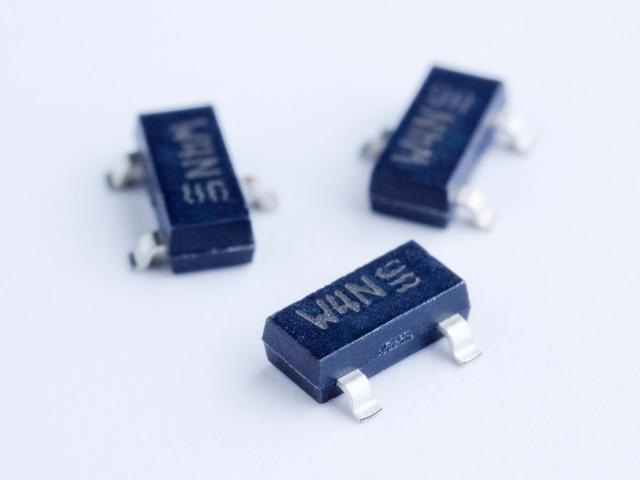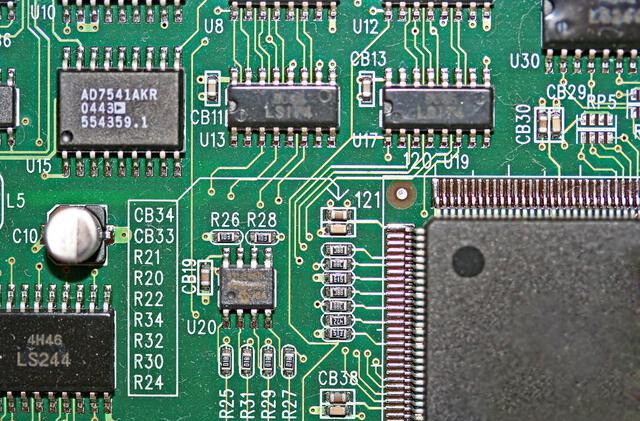Content Menu
● Understanding SMT Production Technology
>> The Role of SMT Production Machines
● Trends Shaping the Future of SMT Production Technology
>> Increased Automation
>> Industry 4.0 Integration
>> Miniaturization of Components
>> Sustainability Initiatives
>> Enhanced Inspection Technologies
● Challenges Facing SMT Production Technology
>> Labor Shortages
>> High Initial Investment
>> Rapid Technological Changes
● Conclusion
● FAQ
>> 1. What is an SMT production machine?
>> 2. How does automation impact SMT production?
>> 3. What are some sustainability practices in SMT production?
>> 4. What challenges does the SMT industry face?
>> 5. How important is inspection in SMT production?
Surface Mount Technology (SMT) has revolutionized the electronics manufacturing industry by enabling the production of compact and efficient electronic devices. As technology continues to evolve, so do the methods and machines used in SMT production. In this article, we will explore the future of SMT production technology, examining trends, innovations, and the potential impact on the industry.

Understanding SMT Production Technology
Surface Mount Technology refers to a method of mounting electronic components directly onto the surface of printed circuit boards (PCBs). This technique has largely replaced through-hole technology due to its numerous advantages, including:
- Smaller Size: SMT components are generally smaller than their through-hole counterparts, allowing for more compact device designs.
- Higher Density: SMT allows for more components to be placed on a PCB, increasing functionality without enlarging the device.
- Automated Assembly: The process can be easily automated, leading to faster production times and reduced labor costs.
The Role of SMT Production Machines
SMT production machines are specialized equipment used in the assembly of electronic components onto PCBs. These machines include:
- Pick and Place Machines: These are responsible for accurately placing components onto the PCB.
- Solder Paste Printers: These machines apply solder paste to the PCB before component placement.
- Reflow Ovens: After placement, PCBs are passed through reflow ovens where solder is melted to create electrical connections.
- Inspection Systems: Automated optical inspection (AOI) systems check for defects in solder joints and component placement.
Trends Shaping the Future of SMT Production Technology
As we look toward the future, several key trends are emerging that will shape SMT production technology.
Increased Automation
Automation is set to play a pivotal role in the future of SMT production. With advancements in robotics and artificial intelligence, manufacturers can expect:
- Higher Efficiency: Automated systems can operate continuously without breaks, significantly increasing production rates.
- Enhanced Precision: Robots equipped with advanced vision systems can place components with high accuracy, reducing errors.
- Cost Reduction: By minimizing labor costs and maximizing efficiency, automation can lead to lower overall production costs.
Industry 4.0 Integration
The concept of Industry 4.0 involves the integration of smart technologies into manufacturing processes. In SMT production, this means:
- IoT Connectivity: Machines will be interconnected through the Internet of Things (IoT), allowing for real-time monitoring and data collection.
- Predictive Maintenance: With data analytics, manufacturers can predict machine failures before they occur, reducing downtime and maintenance costs.
- Smart Factories: Fully automated factories will leverage AI to optimize production schedules and resource allocation dynamically.
Miniaturization of Components
As consumer electronics demand smaller devices with more features, the trend toward miniaturization will continue. This will require:
- Advanced Materials: New materials that allow for smaller component sizes without compromising performance will be developed.
- Innovative Design Techniques: Engineers will need to adopt novel design approaches that maximize space on PCBs while maintaining functionality.

Sustainability Initiatives
Environmental concerns are driving manufacturers to adopt more sustainable practices in SMT production. Future advancements may include:
- Lead-Free Soldering: The shift towards lead-free solders is already underway, driven by regulations and consumer demand for safer products.
- Energy-Efficient Machines: New machines will focus on energy efficiency, reducing the carbon footprint of manufacturing processes.
- Recycling Programs: Manufacturers may implement programs to recycle electronic waste and repurpose materials from old devices.
Enhanced Inspection Technologies
Quality control is crucial in SMT production. Future innovations will likely focus on improving inspection technologies through:
- AI-Powered Inspection Systems: Utilizing machine learning algorithms to identify defects more accurately than traditional methods.
- 3D Inspection Technologies: Moving beyond 2D inspections to 3D imaging systems that provide a comprehensive view of solder joints and component placement.
Challenges Facing SMT Production Technology
While the future looks promising for SMT production technology, several challenges must be addressed:
Labor Shortages
As automation increases, there may be a shortage of skilled labor capable of managing advanced machinery and troubleshooting issues that arise during production.
High Initial Investment
The cost associated with upgrading to advanced SMT production machines can be prohibitive for smaller manufacturers.
Rapid Technological Changes
Keeping up with rapid advancements in technology can be challenging for manufacturers who must continually invest in new equipment and training.
Conclusion
The future of SMT production technology is bright, characterized by increased automation, Industry 4.0 integration, miniaturization of components, sustainability initiatives, and enhanced inspection technologies. While challenges such as labor shortages and high initial investments remain, the benefits of adopting these advancements far outweigh the drawbacks. As manufacturers embrace these changes, we can expect a new era in electronics manufacturing that prioritizes efficiency, quality, and sustainability.

FAQ
1. What is an SMT production machine?
An SMT production machine refers to specialized equipment used in surface mount technology for assembling electronic components onto printed circuit boards (PCBs). This includes pick-and-place machines, solder paste printers, reflow ovens, and inspection systems.
2. How does automation impact SMT production?
Automation enhances efficiency by allowing machines to operate continuously with high precision while reducing labor costs. It also enables predictive maintenance through data analytics, minimizing downtime during production.
3. What are some sustainability practices in SMT production?
Sustainability practices include using lead-free soldering materials, implementing energy-efficient machines to reduce carbon footprints, and establishing recycling programs for electronic waste.
4. What challenges does the SMT industry face?
Challenges include labor shortages due to increased automation reliance, high initial investments required for advanced machinery upgrades, and keeping pace with rapid technological changes within the industry.
5. How important is inspection in SMT production?
Inspection is critical in SMT production as it ensures quality control by identifying defects in solder joints and component placements early in the manufacturing process. Advanced inspection technologies improve accuracy and reliability in quality assurance.




















